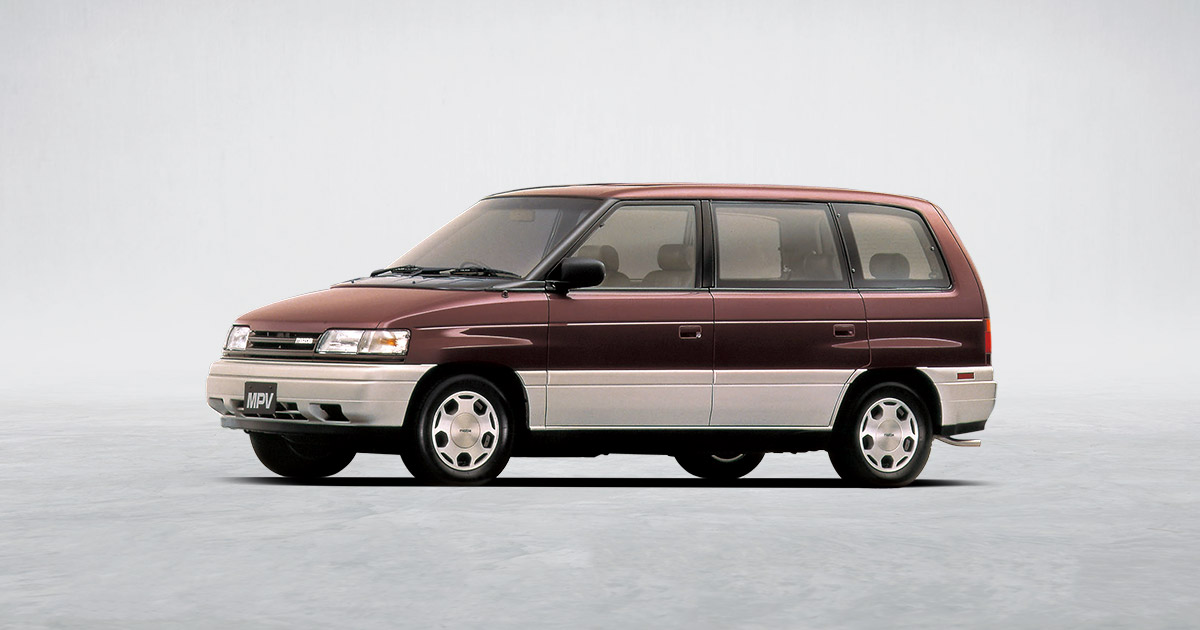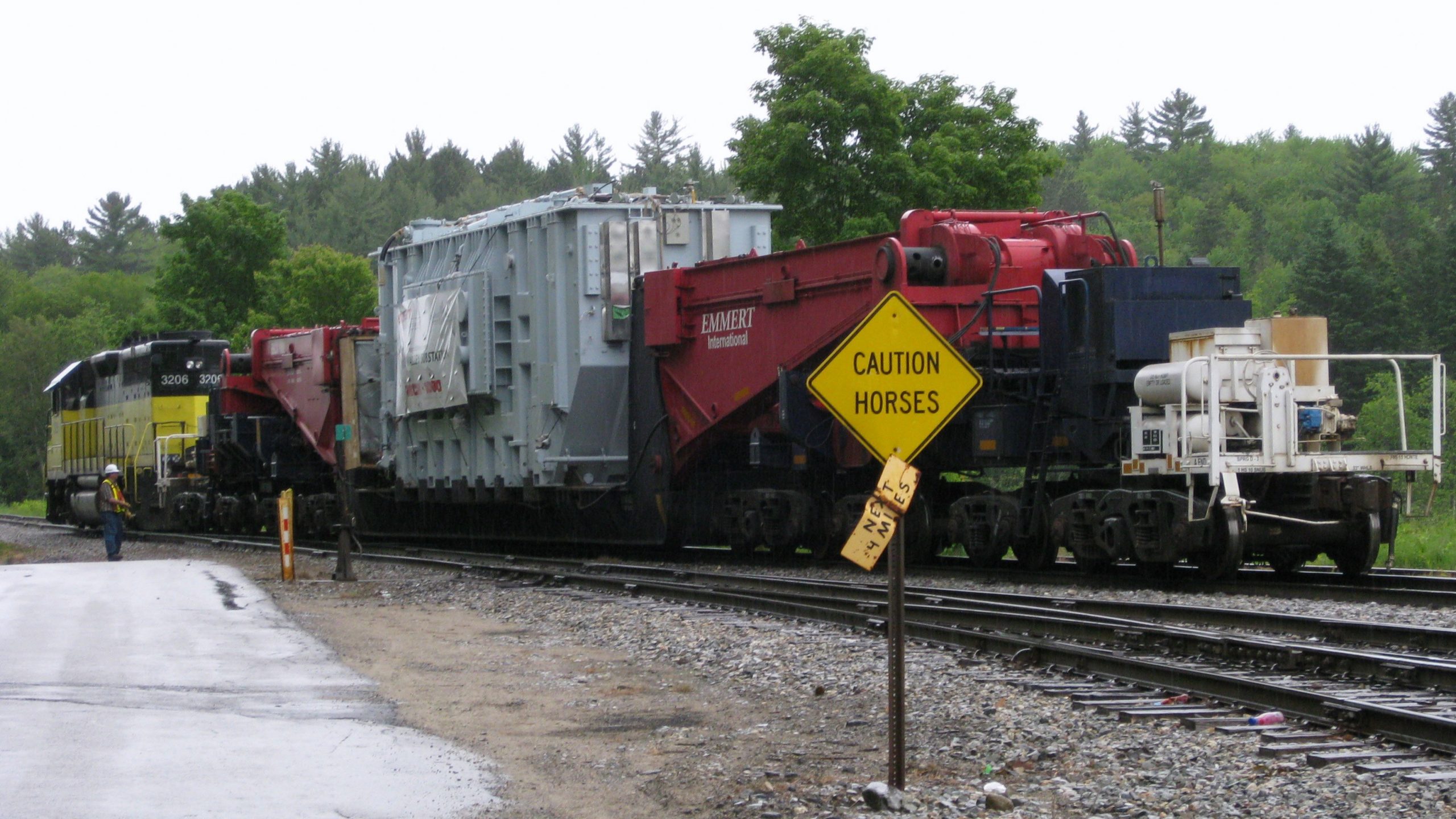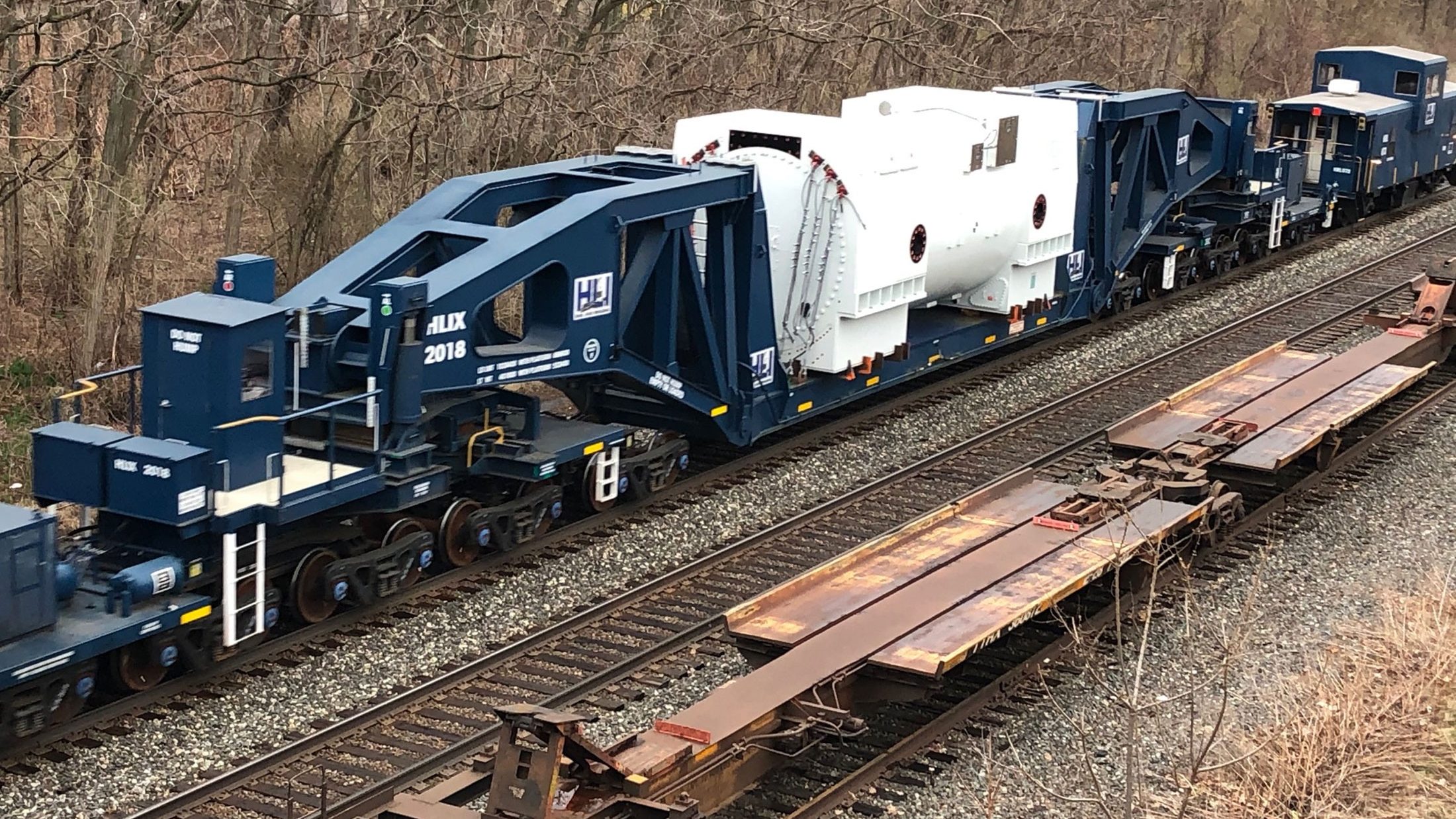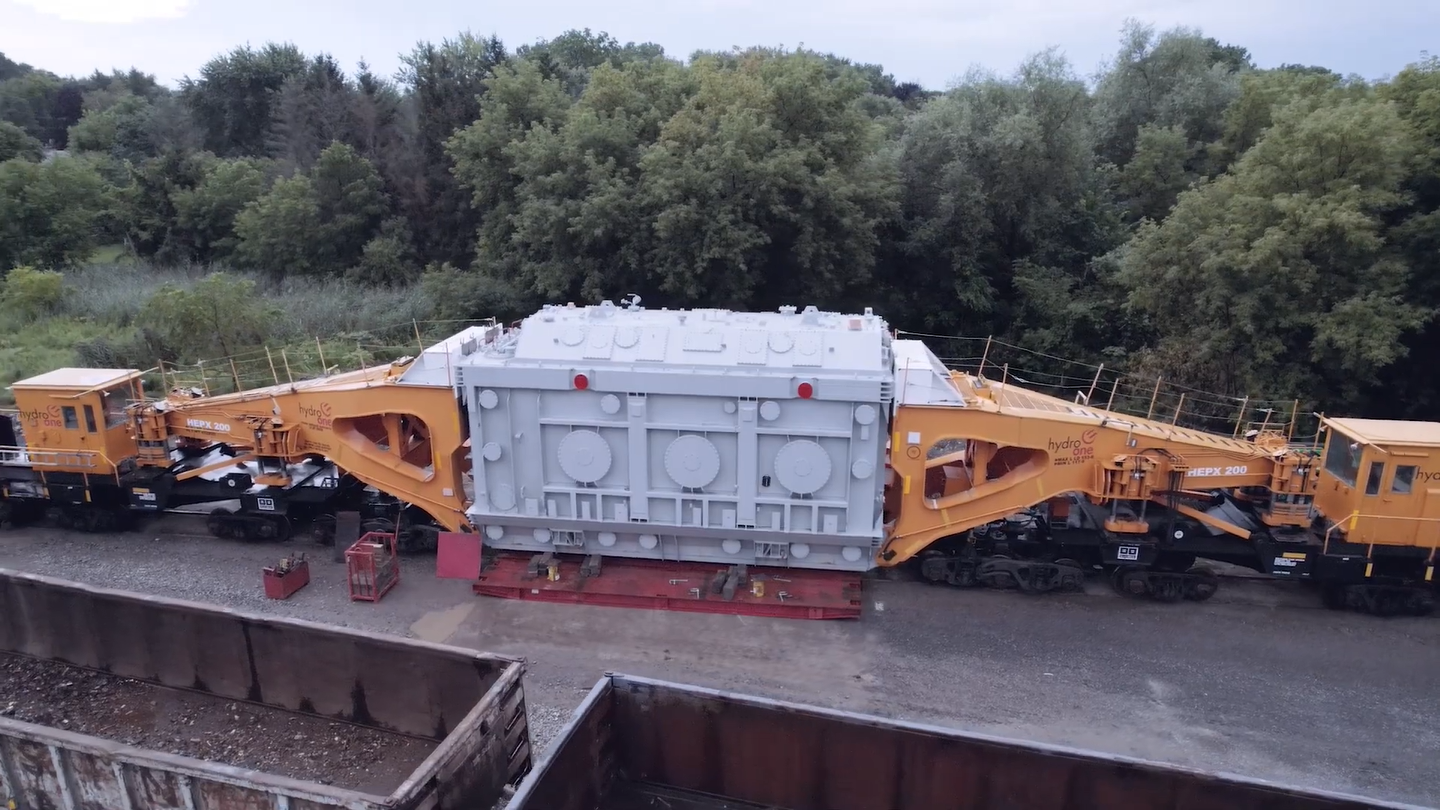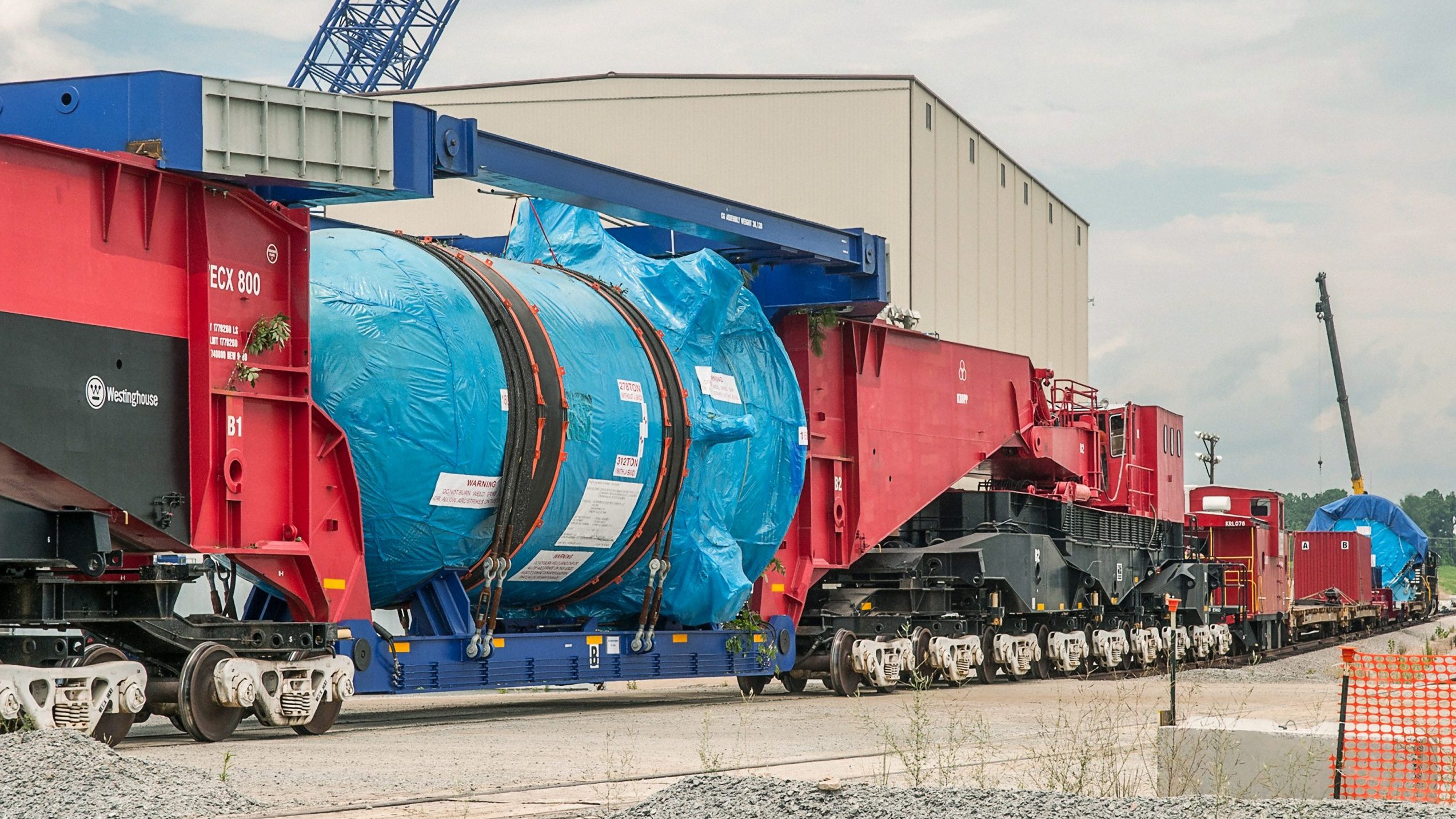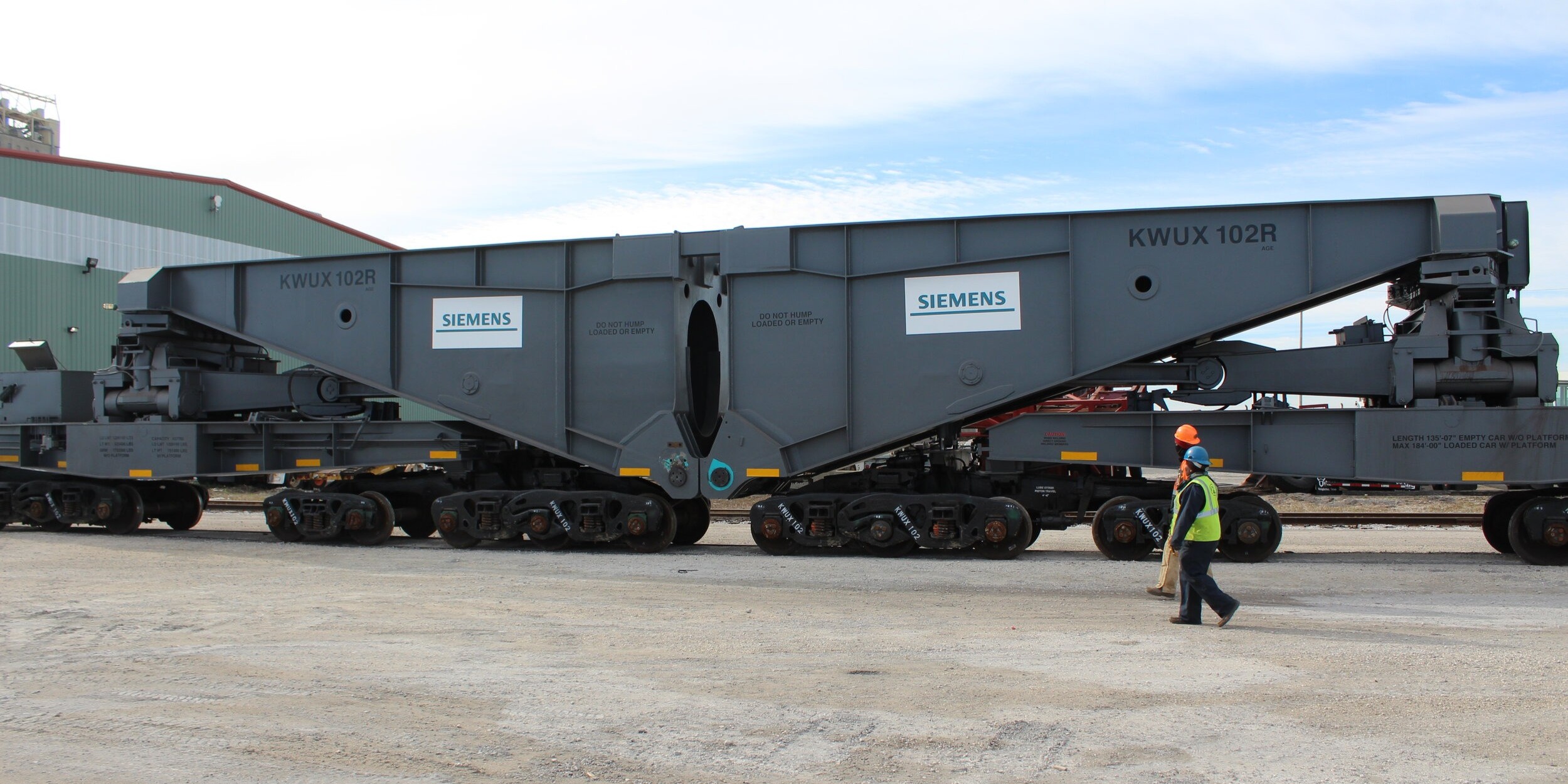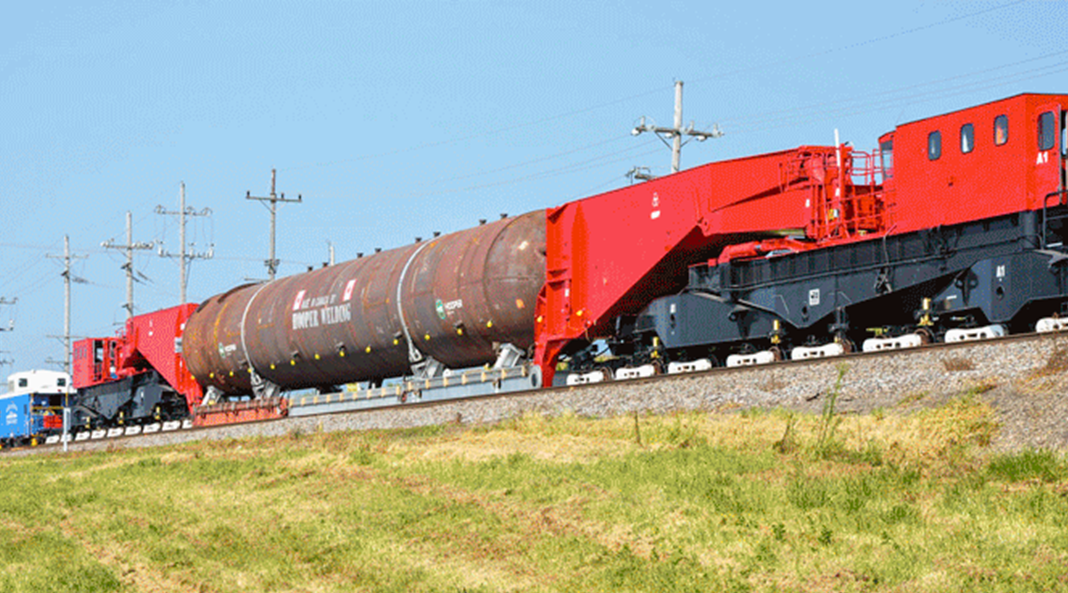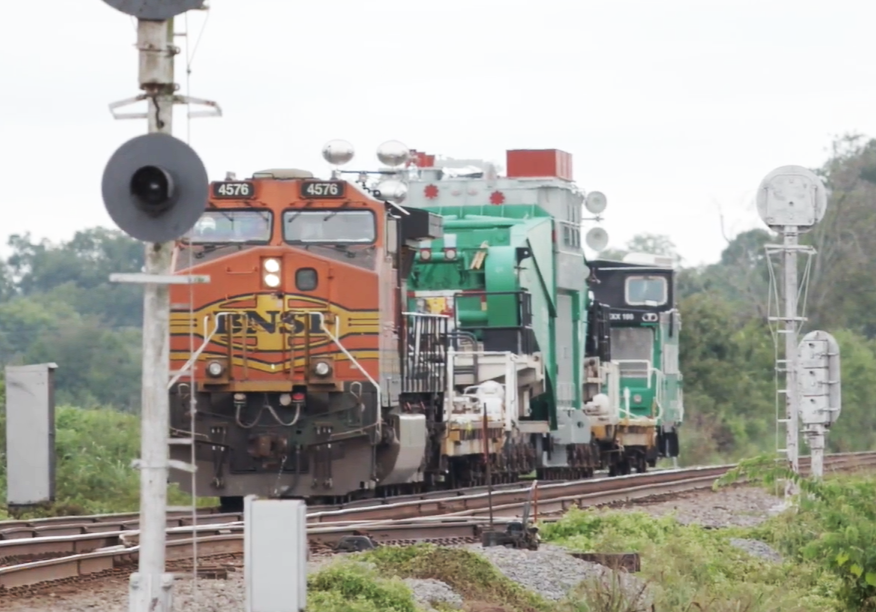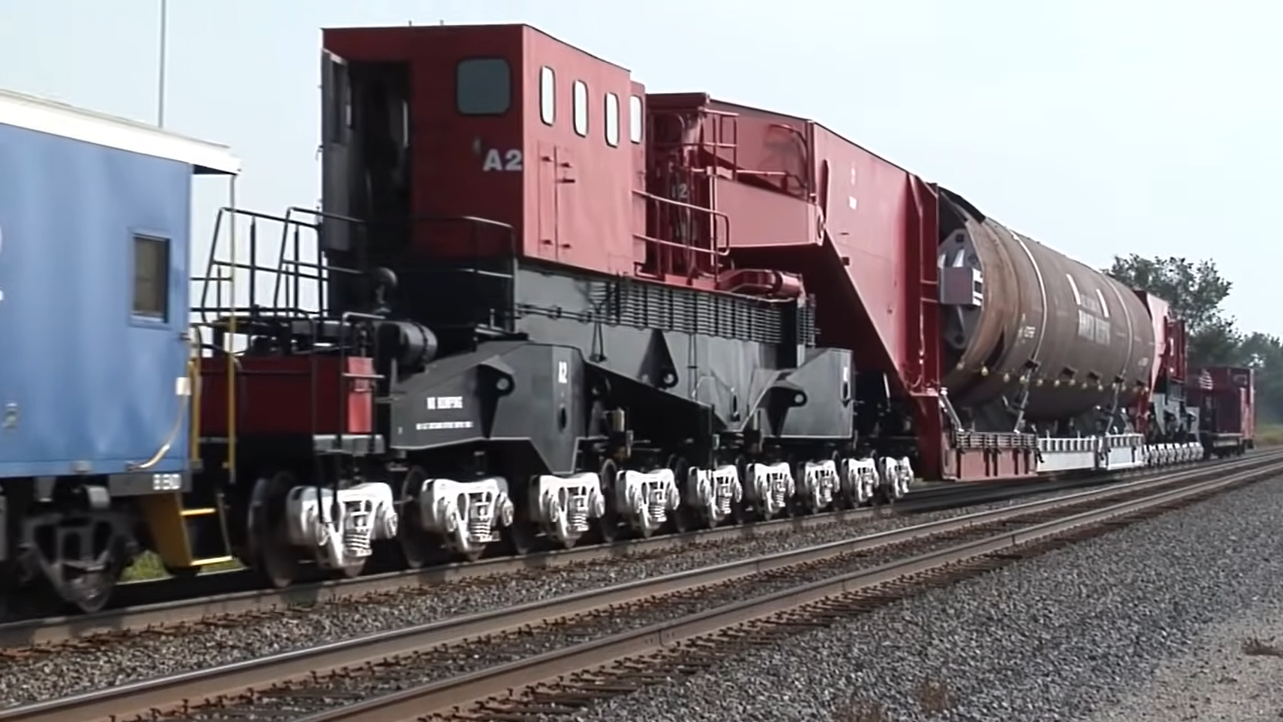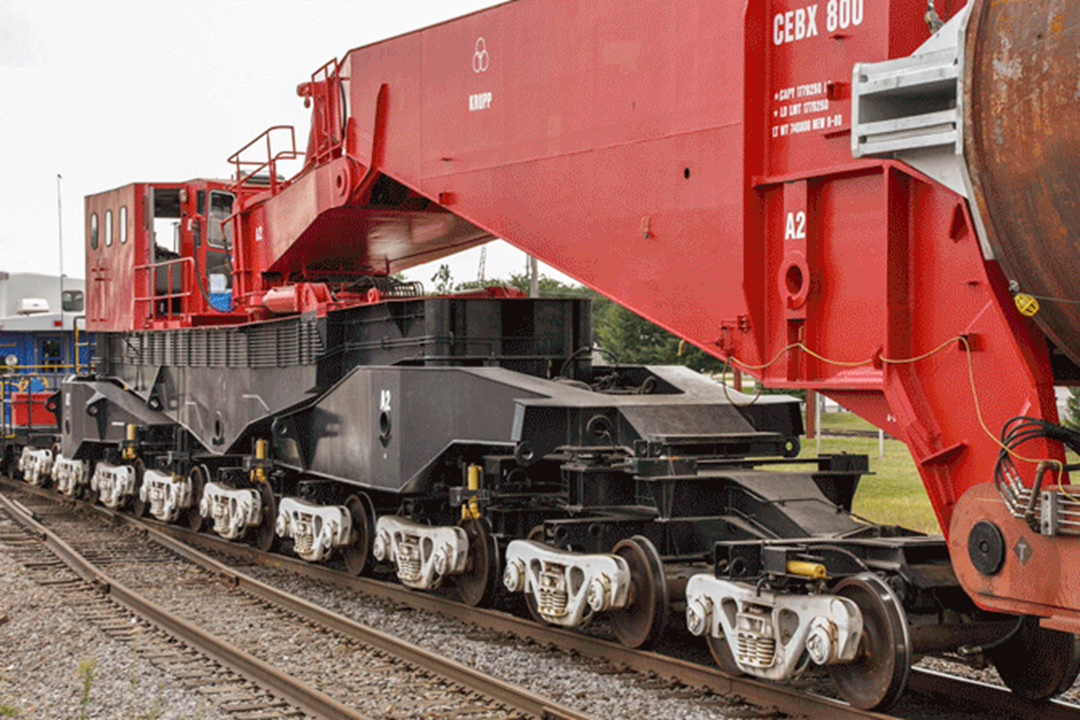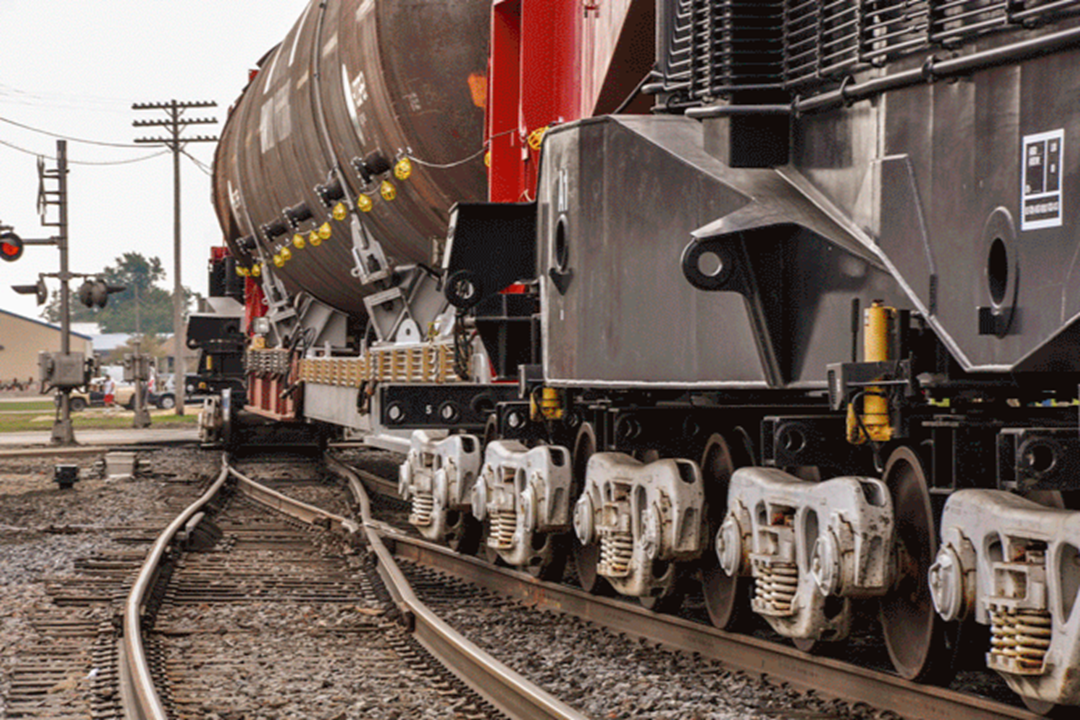China has finally agreed to open negotiations with the Trump administration as the tech industry warns that tariffs could soon spike Americans' costs for the 10 most popular consumer technology products by more than $123 billion annually.
On Wednesday, the Chinese Embassy in the US announced on X (formerly Twitter) that "China’s lead on China-US economic and trade affairs," He Lifeng, will meet with US Treasury Secretary Scott Bessent from May 9 to 12 to open talks. For those talks to go smoothly, China's Ministry of Commerce told reporters Wednesday, the US must "demonstrate sincerity" and come ready to "correct its wrongdoings," including facing "the severe negative impacts of its unilateral tariff measures on itself and the world."
Previously, China had demanded that President Trump drop all tariffs to begin negotiations, which Trump refused while seemingly holding out on making a deal on TikTok to keep the potential bargaining chip.
While tensions don't exactly appear to be dissipating, these talks are the first sign that the trade rivals could reach a resolution after Trump raised tariffs on some Chinese imports as high as 145 percent. And they come just as Americans expect to soon feel the sting from tariffs in their wallets.
According to the Consumer Technology Association's most recent estimates released Tuesday, Americans risk paying much higher prices for any Chinese imports that are not exempted from those 145 percent tariffs. They also face potentially higher prices from other tariffs the Trump administration imposed, including a baseline 10 percent tariff on all imports from all countries and reciprocal tariffs that kick in July, which would add an additional 11 to 50 percent tax on all imports from 57 countries.
For example, non-exempted video game consoles—perhaps less than 1 percent of which are produced in the US, industry analysts estimate—could soon cost more than $1,000 on average, up by about 69 percent. And as the price goes up, the CTA warned that supply chain disruptions could cause shortages since "shifting the large quantities of Chinese production to other suppliers would be very difficult given the volumes involved."
Even some of the seemingly less painful smaller price hikes could "rob" the US economy, the CTA warned. For example, headphones costing Americans up to $5 more or speakers costing up to $60 more could drain wallets nationwide by more than $2.5 billion, the CTA estimated. And an estimated 11 percent increase on imports of non-exempt China-made TVs—which only account for a small share of total US TV imports—could significantly hurt the US economy by "forcing consumers to pay $1.9 billion more than they otherwise would for the televisions they continue to buy," the CTA forecasted.
Meanwhile, "buyers of smartphones, laptops and tablets, and connected devices would likely feel the greatest impact," the CTA said. In 2023, China accounted for 87 percent of video game consoles, 78 percent of smartphones, 79 percent of laptops and tablets, and 67 percent of monitors imported into the US, and there is still very little US production of those goods. On average, laptops could soon cost more than $1,000, tablets nearly $600, and smartphones nearly $1,100, while connected devices could cost up to 22 percent more, the CTA estimated.
Overall, Trump's tariff regime threatens to "shrink the US economy by $69 billion annually" from price shifts of just 10 popular tech products, the CTA warned.
To prevent this, the CTA has been advocating on Capitol Hill for more exemptions while urging the Trump administration to stop using tariffs to force production into the US, echoing other analysts who have long warned Trump that shifting supply chains into the US cannot be done immediately.
"The effort to reshore manufacturing through higher tariff rates on imported goods comes at a cost: the research shows that consumers would lose about $16 in spending power for every $1 gained by domestic producers," the CTA reported. And that loss of spending power, the CTA noted, means Americans have less money to spend on things like groceries or other essential goods that are also impacted by tariffs.
Ahead of talks, China signals the fight isn’t over
Although the US-China talks likely won't trigger changes on Trump's tariffs impacting other parts of the world, China's role as a hard-to-replace global production hub has left many tech companies eager to see trade talks resume.
As consumers brace for sticker shock, tech companies' revenues could be hit hard if sales significantly decrease. That seems likely, as the CTA is already forecasting drastic drops in consumption of video game consoles (down by up to 73 percent), laptops and tablets (45 percent), and smartphones (nearly 50 percent). For low-income families, the smartphone price hikes could hit the hardest, the CTA warned, which would be especially burdensome since imports triggering price drops only recently were credited with making smartphones more accessible in the US.
China still appears to potentially have the upper hand in negotiations. Trump apparently had been pushing to meet with China's president Xi Jinping, seemingly wanting to be viewed as the sole dealmaker on tariffs, the South China Morning Post reported. But China refused, insisting on each country appointing special envoys, a concession that Trump appears to have granted in directing Bessent to meet with Xi's trade chief instead of leading the talks himself.
For China, refusing to deal directly with Trump is depicted as necessary to preserve mutual respect in negotiations. After Trump claimed China was engaged in talks that China denied and suggested that China was "doing very poorly" due to his tariffs, the president suddenly pivoted to promising to "play nice" with China.
Now China seems to be holding Trump to his word. Ahead of trade talks this weekend, China's Ministry of Commerce warned the US that China wouldn't resolve trade tensions without safeguarding its own interests, promising to keep fighting "if provoked."
"If the US says one thing but does another, or even attempts to use negotiations as a pretext to continue coercive and blackmailing tactics, China will never agree, nor will it sacrifice its principles or international fairness and justice to seek any agreement," the Ministry said.
For US chipmakers who are still waiting for Trump to release his semiconductor tariff plan, the trade talks will likely be watched closely. Ahead of talks, Nvidia, AMD, Super Micro, and Marvell have warned investors of potentially billions in lost revenue, with some postponing further investor guidance until after the tariff plan is revealed, CNBC reported.
Other tech giants both inside and outside the US are also reportedly scrambling, even if they aren't completely reliant on China-based production.
Despite exemptions on smartphones and a plan to shift production of US-destined products into India, Apple recently estimated that tariffs could add $900 million in costs in this quarter alone, the BBC reported.
So far, there are no clear winners in Trump's trade war. South Korea-based Samsung—which has a Vietnamese production hub subject to 46 percent tariffs—was expected to potentially gain from any Apple losses. But an executive on a recent earnings call warned investors that "there are a lot of uncertainties ahead of us," CNBC reported.
"Due to the rapid changes in policies and geopolitical tensions among major countries, it’s difficult to accurately predict the business impact of tariffs and countermeasures," the Samsung executive said.
And although trade talks could dramatically shift global markets again, the CTA warned that "ongoing reviews of semiconductors and downstream products in the electronics supply chain, copper, lumber, critical minerals, and other materials" could potentially add to cost pressures and trigger even more price hikes for Americans.




